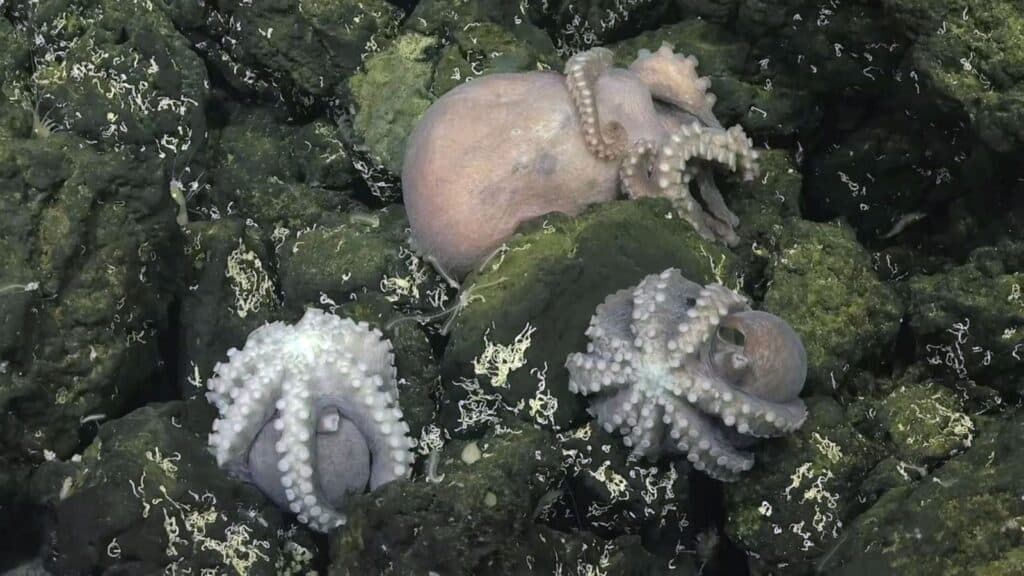
1. Rare Octopus Nursery, Discovered Off the Coast of Costa Rica
2,800 meters beneath the sea surface of the Pacific Ocean in Costa Rica, a new, active octopus nursery was found and documented by a team of researchers; they named it the Dorado Outcrop. This is major news because previously, there were only two known octopus nurseries in the world. In addition, it is also the first known aggregation of deep-sea octopus and according to scientists, the octopus is a new species of Muusoctopus, a genus of small to medium-sized octopus without an ink sac.
Dr. Jyotika Virmani, executive director of the Schmidt Ocean Institute, said that this discovery proves that there is still so much to learn about our ocean. Currently, it is unprotected from human activity and so the research team is working to determine if the seamounts should be designated marine protected areas.
Thank you for your generous gift that will help us continue the production of this weekly, free publication
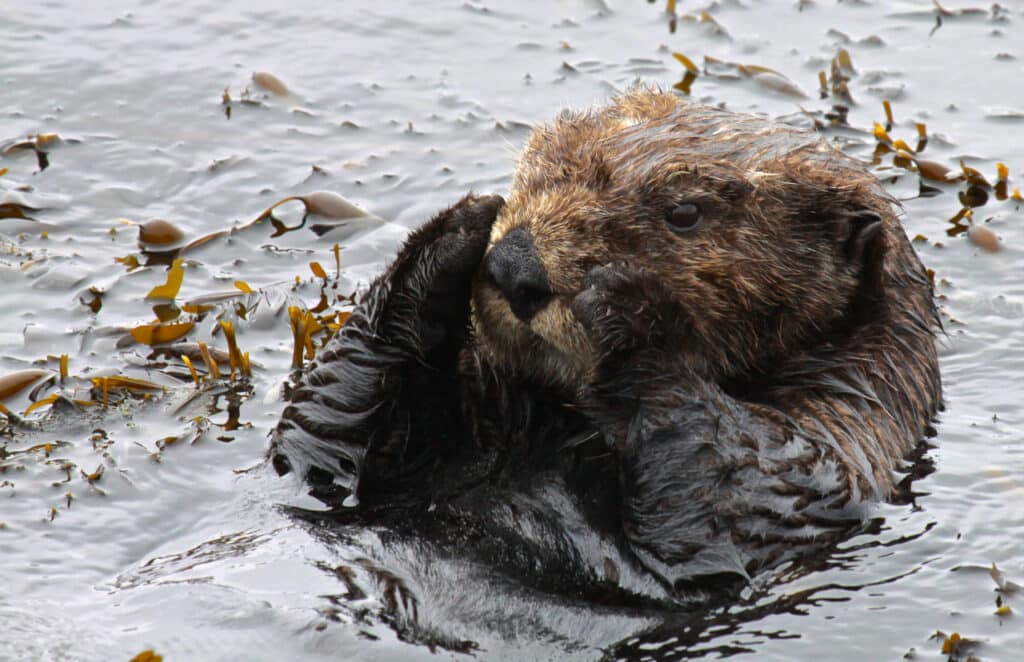
2. Sea Otters Poised for Comeback to Marin and Sonoma Counties
Who would oppose the reintroduction of adorable creatures that keep their ecosystems healthy? For starters, objections may come from commercial fishermen who will compete with sea otters for crabs, clams, abalone, and mussels. Reestablishing sea otters could disrupt an entire industry in the Marin and Sonoma counties and beyond.
Although the sea otter holds a place on many endangered lists in the United States and other countries, the population never recovered in a significant portion of its historical range, which once ran from the northern islands of Japan to Baja California, Mexico. The largest gap is from San Francisco Bay to Oregon, where no sea otters remain. The U.S. Fish and Wildlife Service recently completed a feasibility study on reintroducing the sea otter into these areas which concluded it is feasible, and there would be significant benefits to reestablishing the animals.
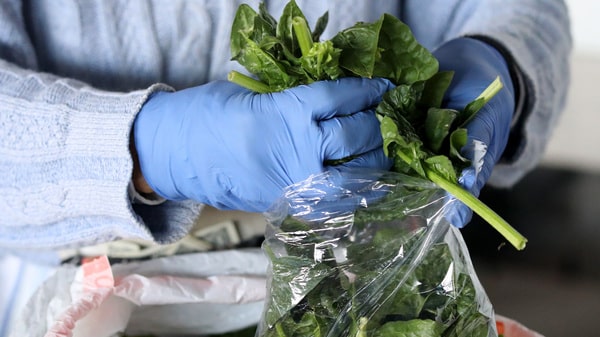
3. New Zealand Becomes First Country to Ban Single-Use Produce Bags at Grocery Stores
Customers in New Zealand already are expected to bring their own shopping bags to grocery stores. Now they also will be asked to carry their own reusable bags for fruits and vegetables. New Zealand is considered the first country to ban single-use produce bags at supermarkets. The measure officially went into effect on July 1. Single-use plastics can cause many problems, including clogging storm sewers, littering landscapes, and killing wildlife.
It is estimated that this new ban will eliminate 150 million plastic produce bags from circulation each year. Countries across the globe slowly have been moving away from single-use plastic bags — either imposing fees to use them or banning them from stores. Through the United Nations Environment Assembly, representatives from 175 nations are working through the end of 2024 to forge an international plan to end plastic pollution.
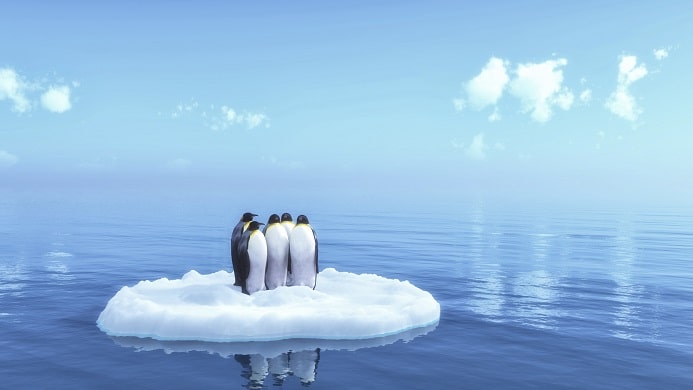
4. World Hits Record Land, Sea Temperatures as Climate Change Fuels 2023 Extremes
For the first time, the world’s average temperature reached 17 degrees Celsius on Monday, July 3. Scientists confirmed that this was the highest in any instrumental record dating back to the end of the 19th century. The target of keeping long-term global warming within 1.5 degrees Celsius (2.7 Fahrenheit) is moving out of reach, climate experts say, with nations failing to set more ambitious goals despite months of record-breaking heat on land and sea.
As envoys gathered in Bonn in early June to prepare for this year’s annual climate talks in November, average global surface air temperatures were more than 1.5C above pre-industrial levels for several days, the EU-funded Copernicus Climate Change Service (C3S) said. Countries agreed in Paris in 2015 to try to keep long-term average temperature rises within 1.5C, but there is now a 66% likelihood the annual mean will cross the 1.5C threshold for at least one whole year between now and 2027, the World Meteorological Organization predicted in May.

5. World’s Most Threatened Seabirds Visit Remote Plastic Pollution Hotspots
The extensive study assessed the movements of 7,137 individual birds from 77 species of petrel, a group of wide-ranging migratory seabirds including the Northern Fulmar and European Storm-petrel, and the Critically Endangered Newell’s Shearwater. The results show that plastic pollution threatens marine life on a scale that transcends national boundaries: a quarter of all plastic exposure risk occurs in the high seas.
This is largely linked to gyres- large systems of rotating ocean currents- where vast accumulations of plastics form, fed by waste entering the sea from boats and many different countries. Petrels are a vulnerable group of marine species, which play a key role in oceanic food webs. The breadth of their distribution across the oceans makes them important ‘sentinel species’ when assessing the risks of plastic pollution in the marine environment.
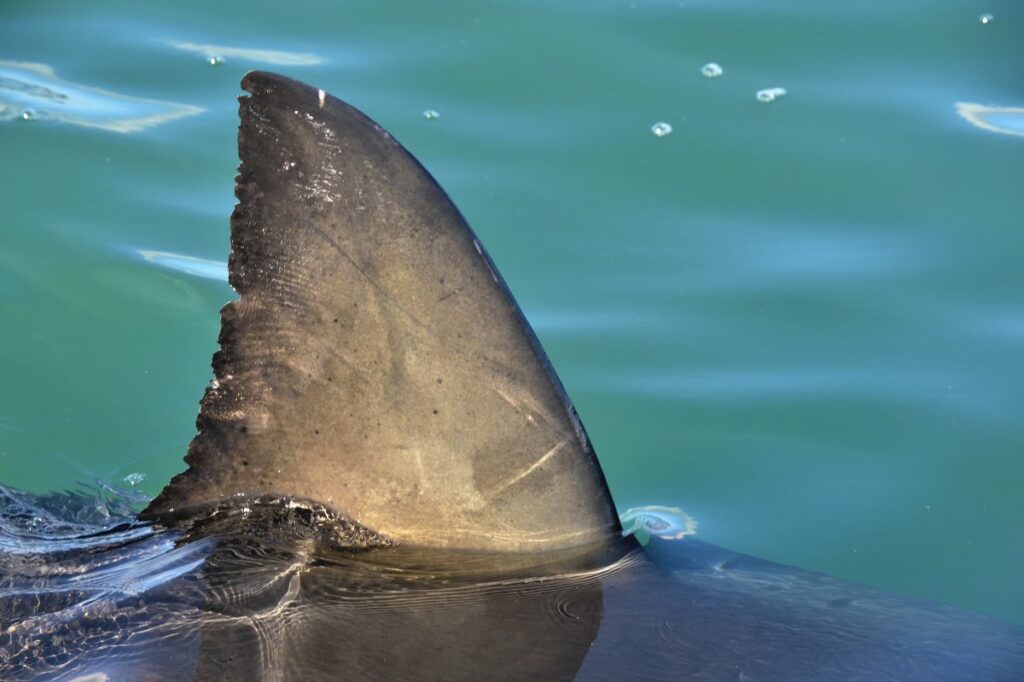
6. UK Bans Import and Export of Shark Fins to Promote Conservation
The UK has passed the Shark Fins Act, prohibiting the import and export of detached shark fins and products containing shark fins, including tinned shark fin soup. The act aims to combat the cruel practice of shark finning, where a shark’s fins are removed at sea and the body is discarded. The ban builds on existing protections and contributes to global shark conservation efforts.
Many shark species face population pressures, with over 500 species listed as ‘Under Threat’ by the International Union for Conservation of Nature. The demand for shark fin products drives overfishing, threatening the sustainability of shark populations. The legislation supports the UK’s commitment to animal welfare and positions the country as a leader in shark conservation. The government will continue to push for stronger international controls.
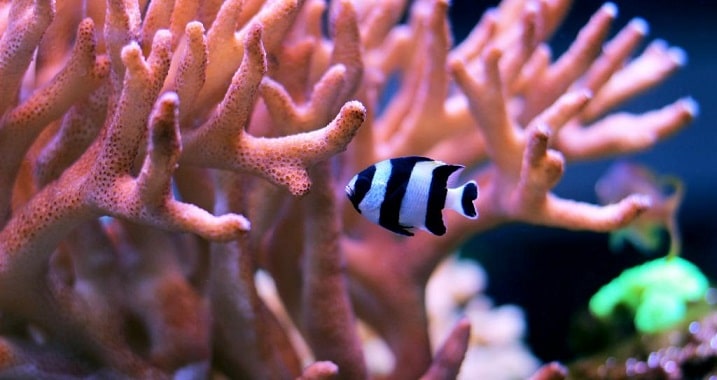
7. Communication Breakdowns Happening in the Animal World
New research has found that changes in temperature, carbon dioxide, and PH levels–all part of climate change–can affect chemical communication in marine, freshwater, and land-based species, with far-reaching implications for our planet’s future. Communication via so-called “info chemicals” plays an essential role in well-functioning ecosystems because it influences a broad range of functions.
For example, sharks use these chemicals to “sniff” out their prey over great distances. In coral reefs, colorful damselfish are losing their ability to learn who their predators are. In another example, many fish release certain chemicals when they are in danger, which in turn warns other fish that smell these info chemicals of the danger. But scientists have found that when more carbon dioxide is absorbed in the water and the pH level is reduced, the most commonly researched alarm cue is irreversibly changed and fish find it harder to detect.
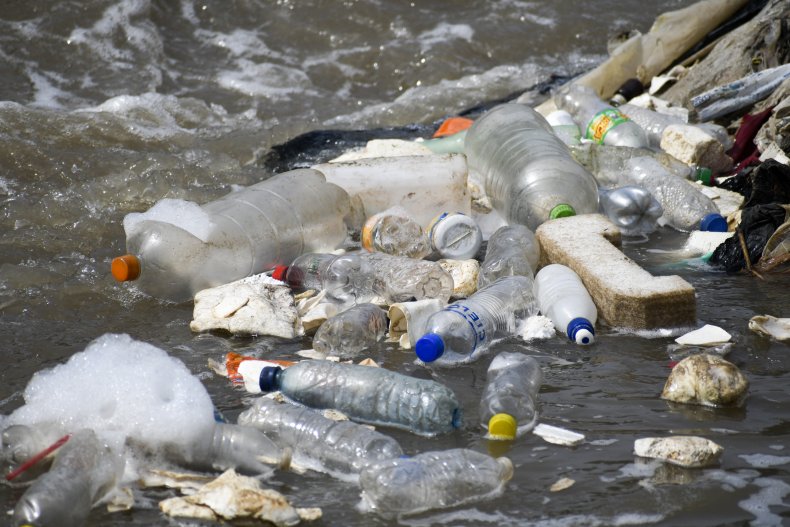
8. Top 5 Plastic Waste Items Found on Beaches—the Worst Is Not What You Think
Every year, over 14 million tons of plastic end up in the ocean. Previously pristine beaches are now overrun with litter and microplastics have been found in the sand of the world’s most remote islands. A recent report by the Ocean Conservancy found that of all the plastic waste that ends up on our shorelines, just five items account for the majority of this trash.
Over the last 35 years, 17 million volunteers have taken part in the non-profit’s International Coastal Cleanup project, collecting a total of 350 million pounds of trash from beaches and waterways across the globe. Using this data, the organization has calculated the top ten most commonly collected items by ICC volunteers. The top one may well surprise you.
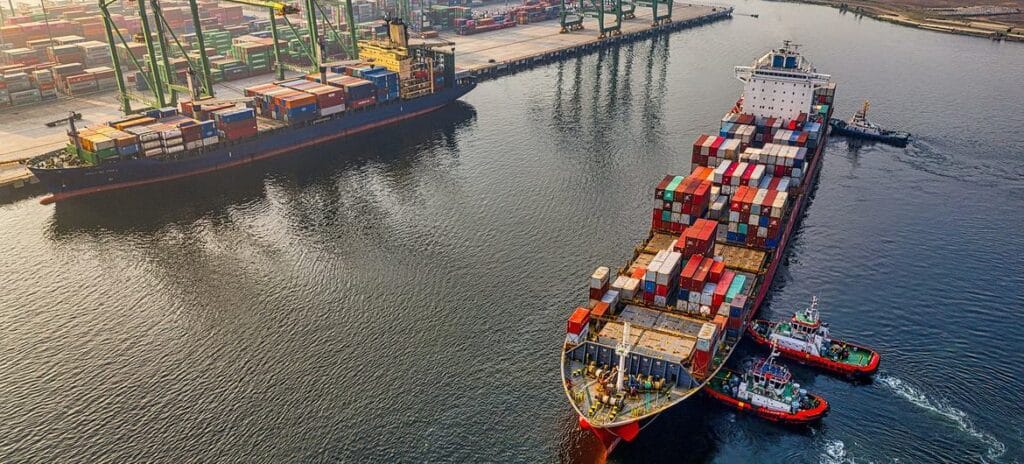
9. Global Shipping Poised to Get New Emissions-Fighting Strategy
A new strategy is expected to set global shipping on an ambitious path towards phasing out greenhouse gas emissions, top UN officials said at the opening of the latest session of the Marine Environment Protection Committee (MEPC) in London on Monday.
Tasked with addressing environmental issues under the remit of the International Maritime Organization (IMO), the Committee tackles such issues as the control and prevention of ship-source pollution covered by the International Convention for the Prevention of Pollution from Ships (MARPOL), including oil, chemicals carried in bulk, sewage, garbage, and such emissions from ships as air pollutants and greenhouse gas emissions.
The revised strategy is expected to set out the way forward for possible technical and economic measures to be further developed by the International Maritime Organization (IMO).
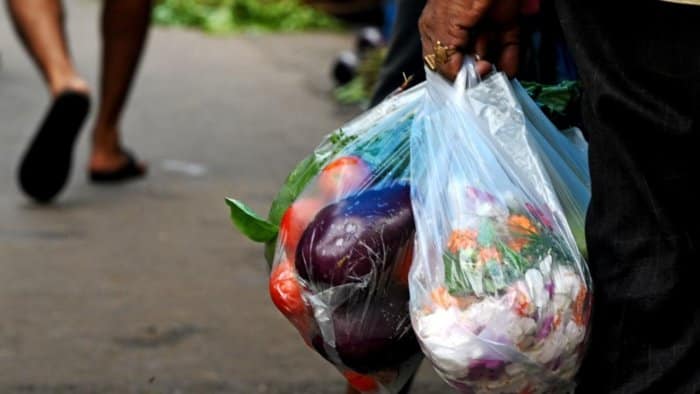
10. Cameroon Urges Halt to Plastic Bags Use to Save Environment
Officials in Cameroon say plastic bag pollution in the country has doubled in the past four years to 600,000 tons, harming the environment and animal and human health. The central African country in 2012 banned the production, sale, and use of non-biodegradable plastic bags, but huge quantities are smuggled in from neighboring Nigeria.
A woman using a bullhorn tells civilians at Mfoundi market in Yaounde that plastic bags constitute a serious menace to the environment. She said diseases and floods will decrease when civilians return to the old practice of packaging and storing food in plantain, banana, and other plant leaves. Cameron’s ministries of trade and the environment say caravans were dispatched to markets in the central African state as part of activities marking International Plastic Bag Free Day celebrated annually on July 3.

11. Times Higher Education (THE) Impact Rankings 2023 Sustainable Development Goals (SDG) 6 (Water), SDG 14 (Life Below Water) & SDG 15 (Biodiversity) among Top 30
The latest results of Times Higher Education (THE) Impact Rankings 2023 on June 1, 2023, highlight Kyushu U’s significant achievements.
Kyushu U secured notable rankings within the top 30 for the first time as the second participation in three areas: 18th in both Sustainable Development Goals (SDG) 6 (Water) and SDG 14 (Life Below Water) and 26th in SDG 15 (Biodiversity), and additionally obtained the positions within the top 100 in four other areas: 48th in SDG 1(No Poverty), 58th in SDG 12 (Responsible Consumption and Production), 62th in SDG13 (Climate Action) and 66th in SDG 2 (Zero Hunger).
With regards to overall scores, Kyushu U placed 201–300th among 1,591 institutions worldwide and 9th among Japanese universities. The Times Higher Education Impact Rankings established in 2019 are the global performance tables that assess universities based on the United Nations’ Sustainable Development Goals.
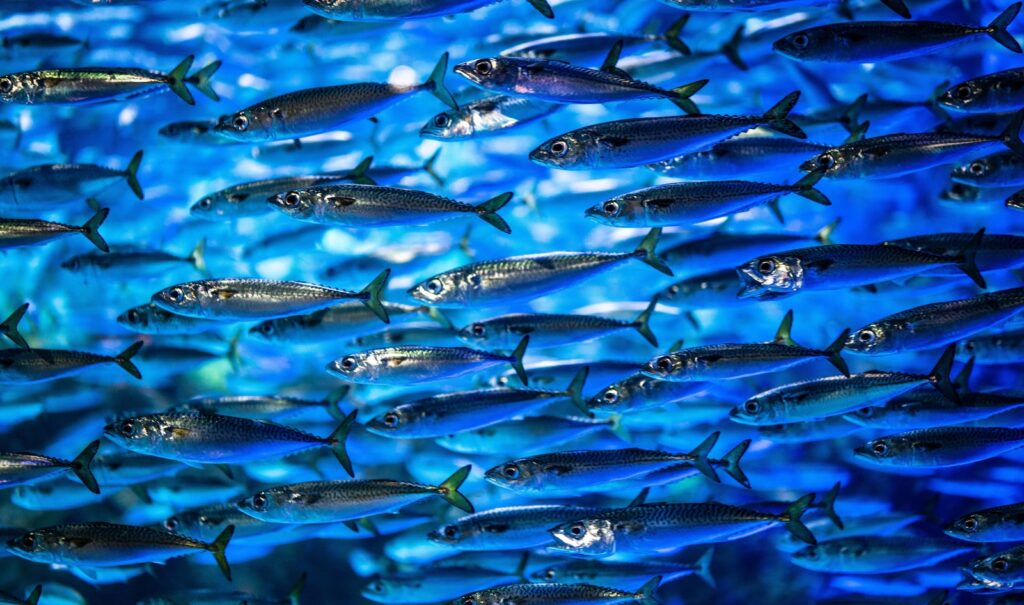
12. AI and the Ocean: A New Era of Fish Population Prediction
The ocean is home to a vast array of marine life. Accurately predicting fish populations has always been a challenging task for marine biologists. Traditional methods, such as visual surveys and catch data, are time-consuming, expensive, and often inaccurate due to the inherent variability and unpredictability of marine ecosystems. By harnessing the power of machine learning algorithms, scientists can analyze data collected from various sources, including satellite imagery, acoustic surveys, and environmental data.
These algorithms can identify patterns and trends that would be impossible for humans to discern, enabling more accurate predictions of fish populations. AI is set to play an important role in our understanding and management of marine life. By harnessing the power of AI, we can look forward to a new era of marine conservation, where we can predict and respond to changes in fish populations with unprecedented accuracy and speed.
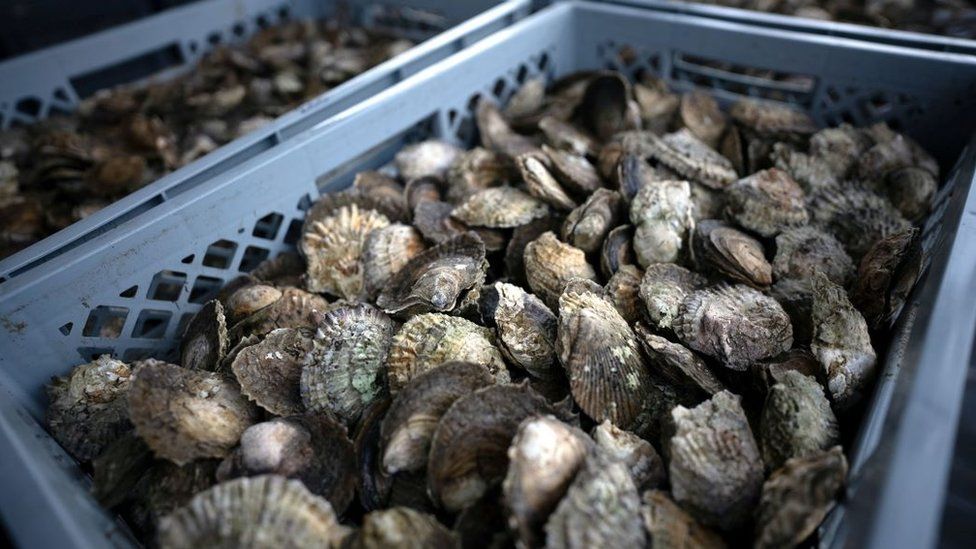
13. Oyster Farmer Takes Government to Court Over Dumping of Sewage
To prevent overcrowding, England’s sewers were designed with 14,500 storm overflows, allowing a mixture of surface water and sewage to be discharged during heavy rainfall. However, the Environment Agency reports that these overflows are now used on a regular basis. In 2022, water companies released untreated sewage through storm overflows approximately 300,000 times.
Richard Haward’s Oysters, an oyster business in Essex, is set to argue in court how this dumping of sewage threatens the environment he relies on for his business. They aim to force the Government to toughen up its plan for reducing the sewage dumped and hold accountable the water companies responsible. CEO of the Marine Conservation Society, Sandy Luk, adds: “This is a momentous court case to hold the UK Government to account for our right to a clean and healthy ocean.”
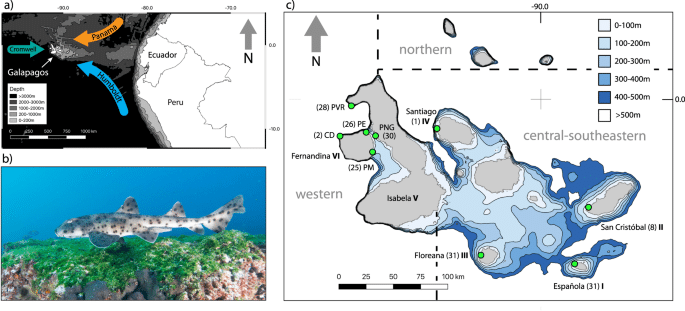
14. What Darwin Could Not See: Island Formation and Historical Sea Levels Shape Genetic Divergence and Island Biogeography in a Coastal Marine Species
Oceanic islands play a central role in the study of evolution and island biogeography. The Galapagos Islands are one of the most studied oceanic archipelagos but research has almost exclusively focused on terrestrial organisms compared to marine species. Here we used the Galapagos bullhead shark (Heterodontus quoyi) and single nucleotide polymorphisms (SNPs) to examine evolutionary processes and their consequences for genetic divergence and island biogeography in a shallow-water marine species without larval dispersal.
Our results exemplify that island formation and climatic cycles shape the genetic divergence and biogeography of coastal marine organisms with limited dispersal comparable to terrestrial taxa. Because similar scenarios exist in oceanic islands around the globe our research provides a new perspective on marine evolution and biogeography with implications for the conservation of island biodiversity.
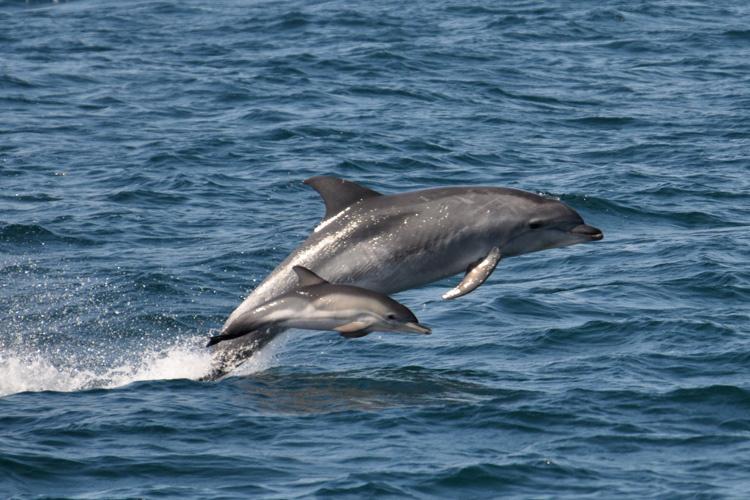
15. Drones Are Following Dolphins to Spy on Their Complex Social Lives
A study published in June in the journal Ecology and Evolution found that using drones to photograph bottlenose dolphins can inform their conservation efforts. When a dolphin swims up to the surface to breathe, their blowhole and dorsal fin are visible. Measuring the distance between these two body parts can help researchers estimate their total length—and therefore the dolphin’s age.
The team on the study developed a technique of inferring age based on length for each dolphin measured in a group. The spots that appear with age on some cetaceans like Indo-Pacific bottlenose dolphins can also reveal the animals’ age to scientists. Earlier studies on using drone photos to measure the body condition and sizes of large whales showed encouraging results, but this is the first to show how this aerial approach can be used to study smaller mammals like bottlenose dolphins.




